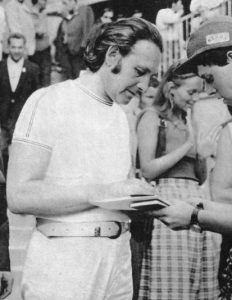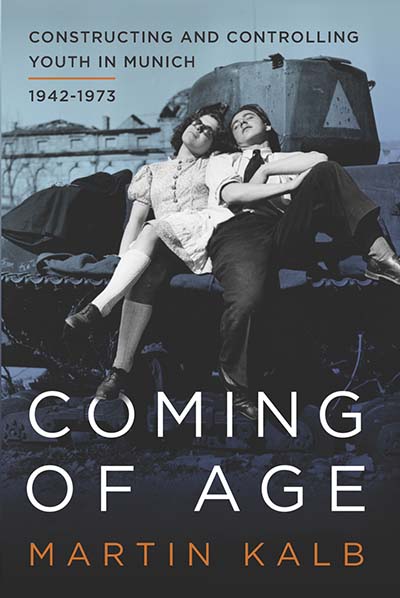
With this issue, European Comic Art, the first peer-reviewed academic journal on comics, moves into its tenth year of existence. Over the past few years, the field has become more crowded, as scholarly interest in comics has expanded, but the quality and quantity of submissions that we receive is ever increasing. We are proud to have published articles by major comics theorists, as well as by emerging young researchers, and to have contributed to debates on formal, graphic and narrative resources of the medium; temporality and duration in comics; adaptation and the mutual influence between comics and other arts, including the novel, film, fine art (especially modernism) and the performing arts; and the diverse influences on the development of comics, including caricature and satirical prints. Many of our articles have examined comics in their social and political context, and our authors have emphasised the complex relationship between the portrayal of place and national, local or transnational identity. We have interpreted the word ‘European’ in our title as extending to comics from nations whose history is intertwined with that of Europe through conquest, conflict and continuing cultural exchange, such as Algeria, Argentina, India and Québec. Our contributors have often pointed to the capacity of comics, long confined to the countercultural or mass-cultural margins, for disrupting norms in relation not only to official narratives of nation but also to gender, ethnic and social class hierarchies. Despite the newfound respectability of comics and the ‘graphic novel’ that we would modestly claim to have played a role in promoting, we will not cease to celebrate all that is disreputable, challenging and boundary blurring in our beloved medium.
Above all, in a climate where nativism and narrowly defensive definitions of identity are becoming more threatening, we hope to go on receiving submissions from comics scholars that stress the potential of comics to redraw, reframe and create new links that offer alternative perspectives on a reality too often filtered through the lens of the powerful.
With this issue, we welcome Anne Magnussen as joint editor, and we look forward to the special edition on Spanish comics for which she has sent out a call for papers (see the ECA website). We also welcome Armelle Blin-Rolland and Catriona Macleod as reviews editors. We are delighted that Mark McKinney and Catherine Labio will remain with us as members of the editorial board. We thank our army of thoughtful and constructive peer reviewers, whose generosity with their time amazes us, as well as our wonderful colleagues at Berghahn Journals in New York, particularly Martha Hoffman and her successor, Kristyn Sanito, for their efficiency and eagle-eyed attention to detail. European Comic Art has been an adventure for us: ten years of convivial collaboration with never a stressful moment. Our centenary issue will be forthcoming in 2017.
— The Editors
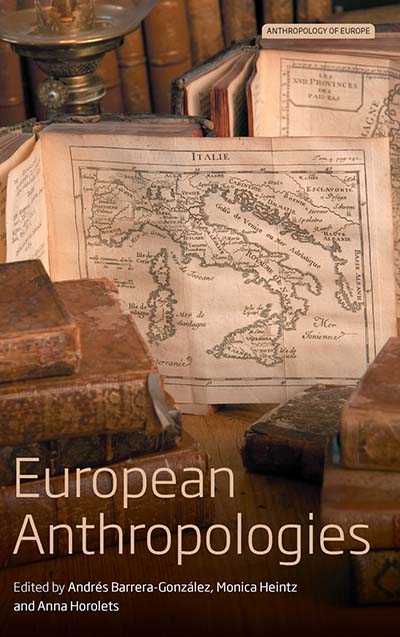 The following is an interview with Andrés Barrera-González, Monica Heintz and Anna Horolets (editors of European Anthropologies which was recently published by Berghahn). Andrés Barrera-González is tenured Profesor Titular in Social Anthropology at Universidad Complutense, Madrid. Monica Heintz (PhD Cambridge 2002) is Associate Professor in Social Anthropology at the University of Paris Nanterre. Anna Horolets is an Associate Professor at the Chair of Social Anthropology, University of Gdańsk.
The following is an interview with Andrés Barrera-González, Monica Heintz and Anna Horolets (editors of European Anthropologies which was recently published by Berghahn). Andrés Barrera-González is tenured Profesor Titular in Social Anthropology at Universidad Complutense, Madrid. Monica Heintz (PhD Cambridge 2002) is Associate Professor in Social Anthropology at the University of Paris Nanterre. Anna Horolets is an Associate Professor at the Chair of Social Anthropology, University of Gdańsk.


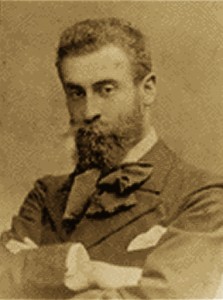
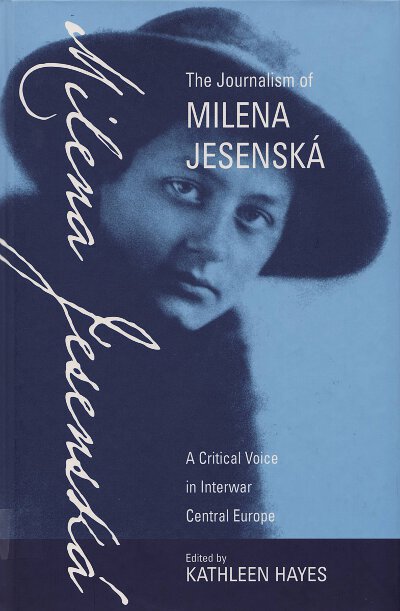 Milena Jesenská
Milena Jesenská